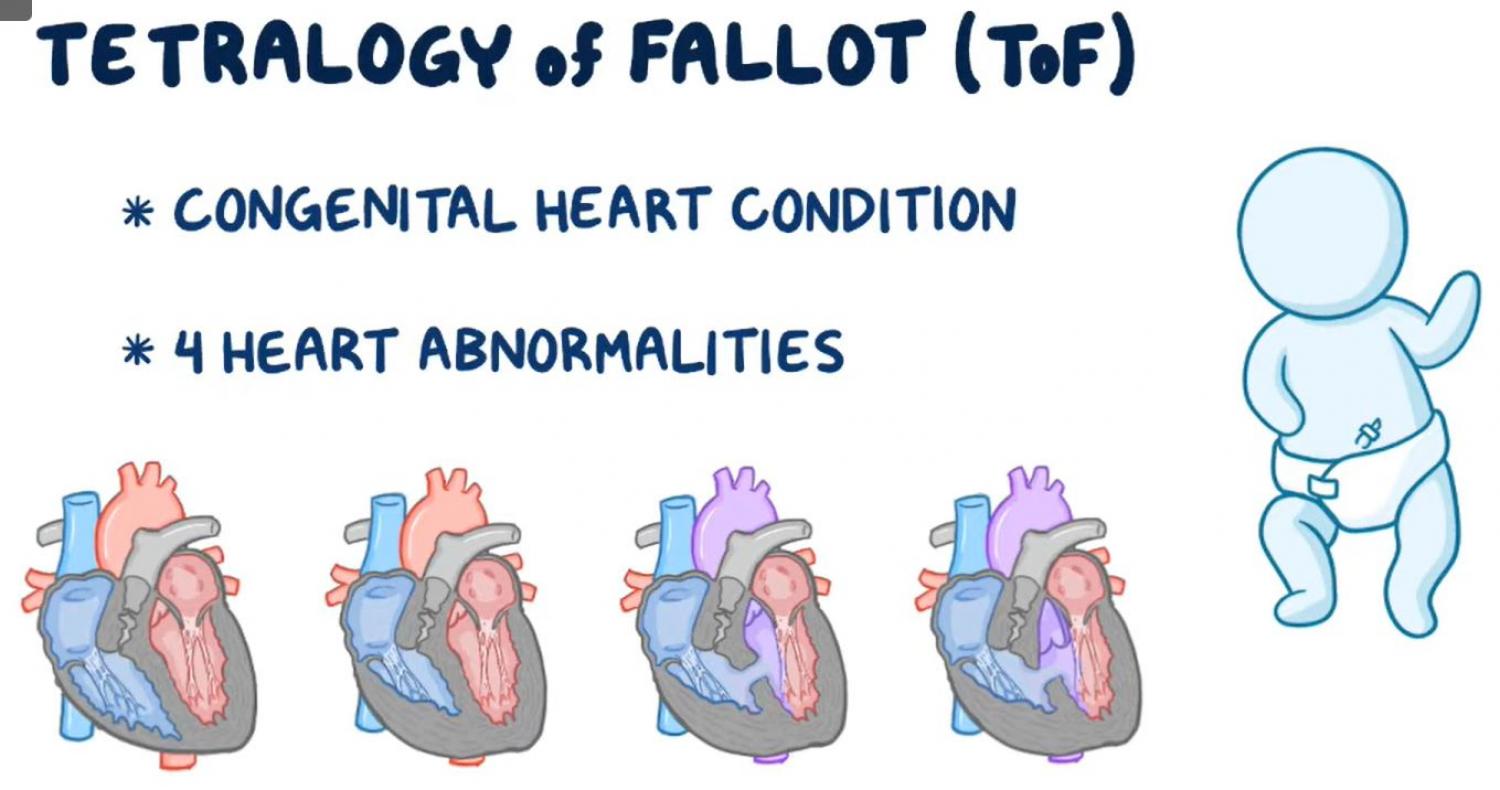
Rare Disease Education: Tetralogy of Fallot
Editor: Kelsey LaFayette, DNP, RN, FNP-C
"When you hear hoofbeats, think of horses, not zebras,” is a common saying in medical education that means you should think of common conditions first, instead of rare ones, in making a diagnosis. “Rare” is a relative term though and about 7,000 rare, or "zebra," conditions affect more than 350 million individuals worldwide. Although these conditions collectively affect an enormous number of people, each of these conditions individually is rare enough that it can be difficult to secure the resources to study them and to develop treatments and cures. Likewise, awareness of rare conditions may be low and health care professionals may not be familiar with their signs and symptoms making it more difficult to reach a correct diagnosis and provide effective treatments.
To increase knowledge about rare conditions, Osmosis and the National Organization for Rare Diseases (NORD) have collaborated on an initiative to bring education and awareness to the public. We are excited to be a part of this initiative because we believe everyone deserves quality health care, no matter how rare their condition.
Zebra Highlight: Tetralogy of Fallot
A child’s heart is about the size of their little fist, but its importance for survival far outweighs its relative size. Tetralogy of Fallot is the single most common form of congenital heart disease that causes cyanosis (bluish discoloration from lack of oxygen). It combines 4 different heart defects that ultimately result in obstruction of blood flow from the right ventricle into the lungs.
Although signs and symptoms vary wildly, some infants suffer “tet'' spells wherein they gasp for air, become nonresponsive, and extremely cyanotic.
Meet Devon, 2 years old
After trying to get pregnant for years, this family had to deal with a difficult diagnosis of tetralogy of Fallot at their scheduled pre-natal visit. It ended up being the start of a journey that, fortunately, has a happy ending. Follow the story above.
More Information on Tetralogy of Fallot
